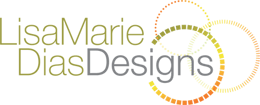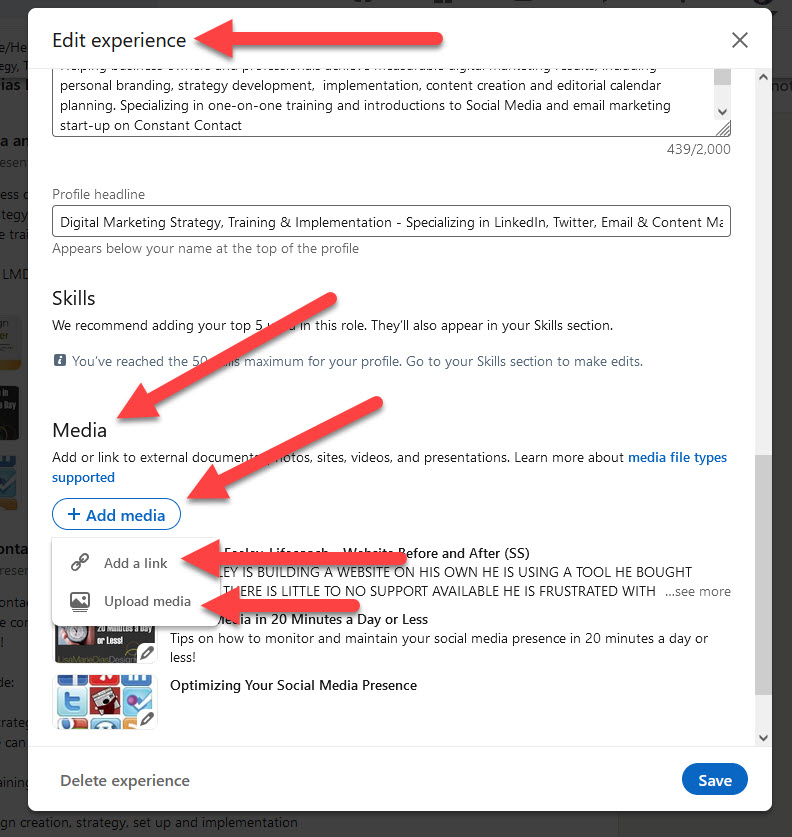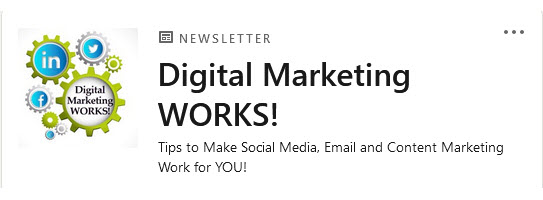
Do you send unsolicited emails to prospects and leads? I do not usually recommend this tactic as it can lead to getting your email address blacklisted and can start your relationship off on the wrong foot but I realize that many business people rely on this approach to fill their funnel. If you DO, here is a quick checklist of things to include in an introductory email to a potential client:
A Checklist of Things to Include in an Introductory Email to a Potential Client Click To TweetA Checklist of Things to Include in an Introductory Email to a Potential Client
- Address it to a person, with their name spelled correctly, whenever possible. Do not use ‘To Whom it May Concern’ as that screams ‘We Are Spamming Any and Everyone We Can Find an Email Address For’. You may use ‘Dear Sir or Madame’ is a last resort, but most people will probably hit delete by the end of the salutation.
- Explain who you are, why you are writing and most importantly, how you can help the recipient. Hint: telling them that you are looking to make sales, looking to meet your quota and/or trying to grow your community do NOT count as ways you are helping the reader. Think about how your product or service can help THEM and lead with that.
- If you are referencing a service or product and want to include a link to your website, be sure that the link goes to the specific page with the offer or service, not just the homepage. If they have made the leap of faith to click on your link, make sure that they find the info you were referencing.
- Do not MASK the link. I know that many of you use tools like Bit.ly or TinyURL to shorten URLs and to track your clicks but masking your destination makes the link look that much more dubious – and dubious links don’t get clicked.
- Do not pretend that you know the person if you have not met. Do not (mis)represent that they have REQUESTED this information if they have not. You are trying to start a relationship with this reader, be honest.
- I highly recommend including a link, either after your closing or in the body of the mailing, to your LinkedIn profile for professional validation. Being able to click through to a safe site like LinkedIn and see a professional profile can really help confirm that you are a legitimate business person. Make sure that the LinkedIn profile is professional and supports the claims made in the email. For example, if you are offering legal services, be sure that your LinkedIn profile includes your legal degrees and expertise. I cannot tell you how frequently I meet people who say they are experts in a specific industry, but when I check out their profile, I find limited or even NO experience in that area! And yes, this often happens because people do not bother to update their profiles to reflect their expertise or they just list their jobs without explaining their responsibilities or skills. But if you want LinkedIn to provide the professional validation your prospects need to convert to clients, make sure you keep it updated and in sync with your marketing.
- Include a clear call to action (CTA). If someone has taken the time to read the email and/or click on your link, clearly layout the next steps for them.
- Do you want them to call? Include your phone number.
- Do you want them to email you, include your email address.
- Do you want them to purchase a product? Include a link to purchase it – directly – not via the homepage.
- Do you want them to sign up for a class? Include a link to register.
- Close with your name and include your website and profile links, phone number, etc.
- Throughout the email, write as if you are talking to a client. Be respectful of their time and always take the time to SPELLCHECK! Nothing says ‘I don’t pay attention to detail’ like misspelled words and poor grammar. If you are writing in a language that you are not fluent in, ask a friend or colleague who IS fluent in that language to check for spelling, grammar and cultural faux pas that you may have missed. For example, when writing to an American, you may be able to open with ‘Hi!’ but in other cultures, this may be a sign of disrespect. Look into this – it may explain a low conversion rate and/or lead to better outcomes.
Think beyond the Email
Usually, when I receive an email from someone I do not know, selling services I do not need and/or including a link I do not trust, I report it as spam and/or delete it. But the other day, when I received an email from a young man in Australia that I did not know, I paused for a moment before hitting delete. I recognized his name because he had also sent me a LinkedIn invitation and I had checked out his profile. Efforts like that can help make the difference between your email being READ rather than DELETED.
I still think that unsolicited emails are NOT the best tactic to use to build most businesses but if you ARE going to use them, running through this checklist should help improve your conversion rate – email me at LMD@LisaMarieDiasDesigns.com to let me know! And if you are looking for other, possibly more effective ways, to find and meet prospects and leads, give me a call at 212.664.1872 – I can help!
You may also be interested in Digital Scams and How to Protect Yourself








